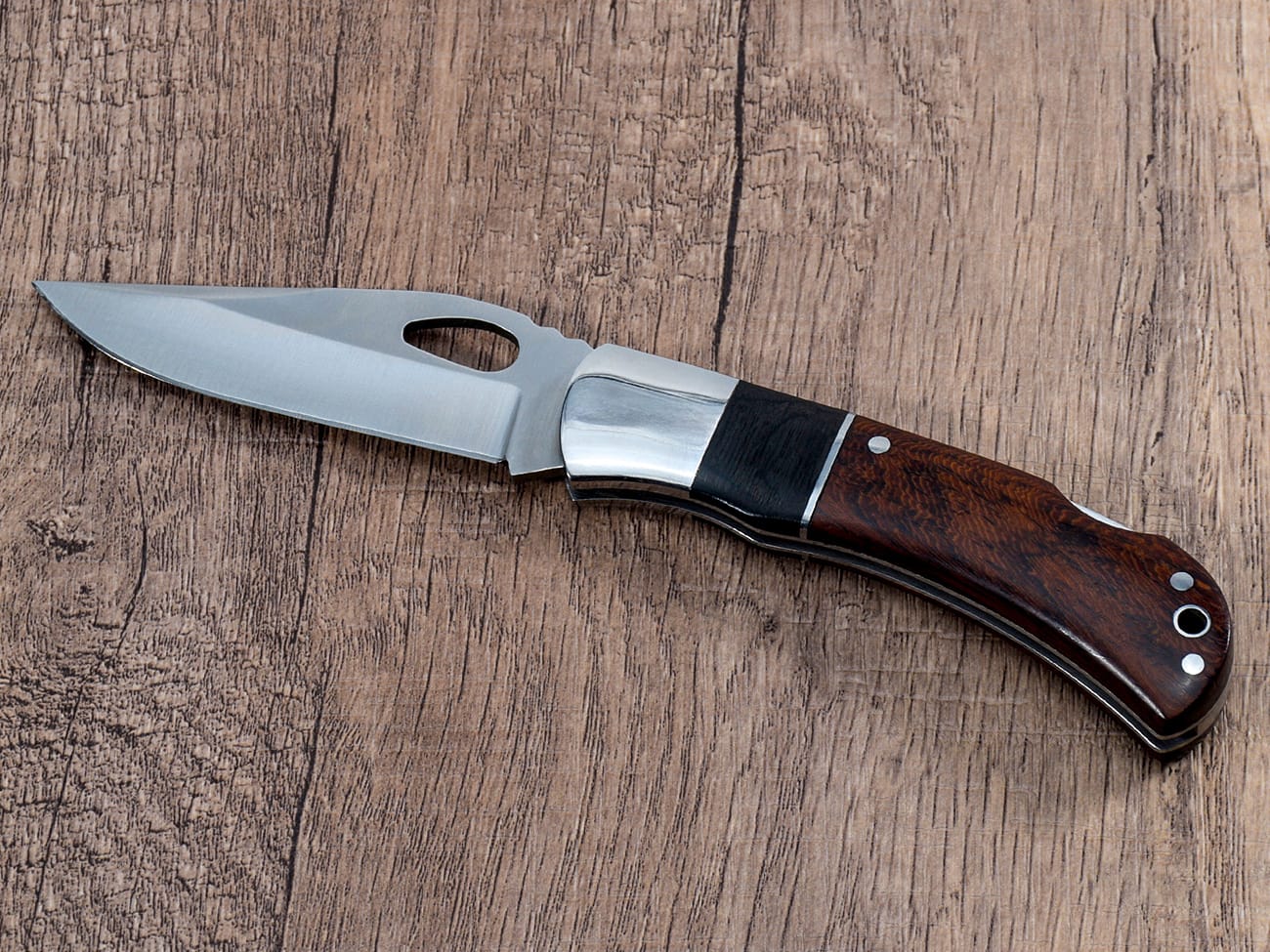Making a folding knife is an intricate yet rewarding project that combines craftsmanship, engineering, and artistry. This comprehensive guide will walk you through the process of creating your own homemade folding knife, from selecting materials to assembling the final piece. Whether you’re a first-time knife maker or an experienced craftsman looking to learn how to make a knife with a folding mechanism, this instructable will help you create a functional and beautiful tool.
What Tools and Materials Do You Need for Making a Folding Knife?
Before starting your folding knife project, gather these essential items:
- High carbon steel or stainless steel for the blade
- Handle scales (wood, micarta, or G10)
- Pivot pin and washers
- Stop pin
- Liner lock mechanism
- Drill press or hand drill
- Various drill bits
- Grinder and sander
- Files and sandpaper
- Epoxy
- Basic hand tools
Learn more about knife handle materials
How to Design Your Folding Knife?
The first step in knife making is creating a solid design:
- Sketch your knife design on paper
- Consider blade length and style
- Plan the handle ergonomics
- Account for the locking mechanism
- Design the pivot and stop pin locations

What Are the Steps for Making the Blade?
Creating the blade requires careful attention:
- Transfer your design to the steel
- Cut the basic shape using a jeweler’s saw or angle grinder
- Drill the pivot hole and stop pin holes
- Grind the blade bevel
- Heat treat the blade if using carbon steel
- Sand and sharpen the blade
Explore different knife blades materials
How Do You Create the Liner Lock Mechanism?
The liner lock is crucial for knife safety:
- Cut the titanium liner to shape
- Bend the lock bar at the correct angle
- Drill pivot and stop pin holes
- Test and adjust the lockbar tension
- Harden the lock if necessary
Learn about different knife lock types
What’s the Process for Making Handle Scales?
Handle construction is essential for comfort:
- Cut handle scales to size
- Drill holes for the pivot and stop pin
- Shape and contour the scales
- Sand progressively to desired finish
- Apply finish if using wood
How Do You Assemble the Folding Knife?
Assembly requires patience and precision:
- Test fit all components
- Install the pivot and stop pin
- Add washers between blade and liners
- Attach handle scales with epoxy
- Adjust blade centering and action
What Are Common Challenges in Making a Folding Knife?
Be prepared for these potential issues:
- Blade centering problems
- Lock bar tension adjustment
- Pivot tension balancing
- Proper detent ball installation
- Blade open and closed alignment
How Do You Test and Adjust the Knife?
Testing ensures safety and functionality:
- Check lock engagement
- Test blade deployment
- Verify centering
- Adjust pivot tension
- Test lock bar strength
Final Steps and Finishing Touches
Complete your knife with these steps:
- Final sanding and polishing
- Sharpen the blade
- Clean and oil all parts
- Make final adjustments
- Test the finished knife
Key Points to Remember
- Safety should always be your priority
- Take time to plan and measure carefully
- Use appropriate tools and materials
- Test thoroughly before use
- Practice patience during assembly
Important Takeaways:
- Always prioritize safety in design and construction
- Proper heat treatment is crucial for blade performance
- Careful attention to pivot and lock mechanism is essential
- Quality materials determine the final result
- Testing and adjustments are critical final steps
Discover various pocket knives stylesMaking a folding knife requires dedication and attention to detail, but the satisfaction of creating your own custom knife makes it worthwhile. Follow these steps carefully, take your time, and don’t hesitate to make adjustments as needed during the process.




